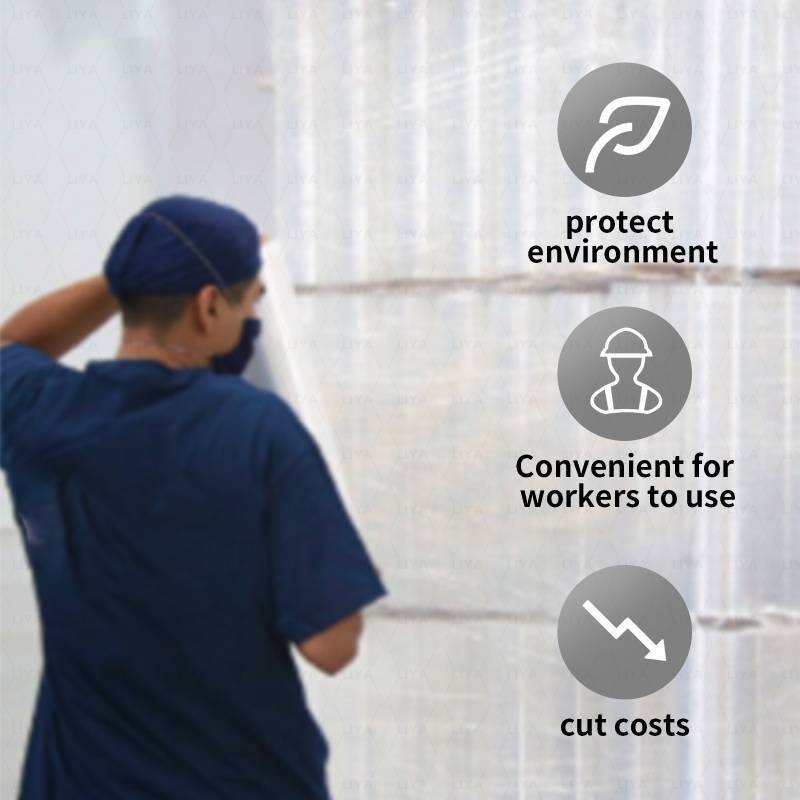paperboard for food packaging
Paperboard for Food Packaging A Sustainable Solution
In recent years, the food packaging industry has witnessed a significant shift towards sustainable materials as consumers become increasingly aware of environmental issues. Among these materials, paperboard has emerged as a popular choice for food packaging due to its eco-friendly properties, versatility, and ability to preserve product freshness. This article explores the advantages of using paperboard in food packaging, its applications, and the potential challenges faced in its adoption.
Sustainability and Environmental Benefits
One of the primary advantages of paperboard as a packaging material is its sustainability. Paperboard is predominantly made from wood pulp, which is a renewable resource. When sourced from responsibly managed forests, paperboard production can have a minimal environmental impact. Moreover, paperboard is biodegradable, recyclable, and compostable, making it an excellent alternative to plastic packaging that contributes to long-term environmental pollution.
The ability to recycle paperboard is particularly important. According to the American Forest & Paper Association, over 70% of paper and paperboard products are recycled in the United States. This recycling rate indicates a successful circular economy, where materials can be continuously reused instead of adding to landfill waste. Using recycled paperboard can significantly reduce energy consumption and greenhouse gas emissions compared to traditional plastic or aluminum packaging.
Versatility and Functionality
Paperboard's versatility allows it to cater to various food packaging needs. It can be engineered in different thicknesses and strengths to suit diverse applications, ranging from lightweight cartons for cereals to rigid boxes for gourmet chocolates. The material can also be treated to enhance barrier properties, protecting food products from moisture, air, and light, which are critical factors in preserving food quality.
Moreover, paperboard can be easily printed and customized, allowing brands to visually communicate their identity and values on the packaging itself. This customization plays a crucial role in attracting consumers and differentiating products in a crowded market. The tactile qualities of paperboard provide an appealing sensory experience that can enhance consumers' perception of the product quality.
Applications in Food Packaging
The applications of paperboard in food packaging are vast. Common uses include
paperboard for food packaging

1. Cartons Paperboard cartons are widely used for beverages, dairy products, and dry foods. Their lightweight nature reduces transportation costs and energy usage.
2. Trays and Clamshells These are often used for fruits, vegetables, and baked goods. Their design allows for effective ventilation and visibility of products, enhancing consumer appeal.
3. Boxes Rigid paperboard boxes are ideal for premium food items, such as gourmet chocolates or specialty teas. They provide a protective layer that helps maintain product integrity.
4. Wraps and Liners In addition to rigid forms, paperboard can be used as effective wraps or liners for bakery items and takeaway meals, ensuring freshness and quality.
Challenges and Considerations
Despite its benefits, there are challenges associated with the widespread adoption of paperboard in food packaging. One significant concern is the potential for contamination from food products, which can limit recyclability. To address this, manufacturers are investing in innovative barrier technologies that maintain food safety without compromising recyclability.
Additionally, the performance of paperboard in terms of moisture resistance and structural integrity might not always match that of traditional plastic packaging, raising concerns about its application in specific environments.
Conclusion
In conclusion, paperboard presents a sustainable and versatile solution for food packaging, bringing numerous environmental benefits compared to traditional materials. Its ability to be recycled and its potential for customization make it an attractive option for both manufacturers and consumers alike. As the industry continues to innovate and overcome existing challenges, paperboard is poised to play a significant role in the future of sustainable food packaging, fulfilling the growing demand for eco-friendly solutions in an increasingly environmentally conscious marketplace.
-
The Best Uses for Small Trash Bags in Daily LifeNewsJul.01,2025
-
Stylish Reusable Grocery Bags TrendsNewsJul.01,2025
-
Shipping Advantages of Using Bubble Envelopes BulkNewsJul.01,2025
-
How Compostable Mailing Bags Reduce Environmental ImpactNewsJul.01,2025
-
Environmentally - Friendly Bulk Poly MailersNewsJul.01,2025
-
Eco Friendly Custom Laminated Tote BagsNewsJul.01,2025
-
Have the freedom of customizing your custom mailers any way you want! Our dedicated packaging support will help deliver you the mailing experience you need to elevate your shipping experience to the next level! Start making a strong impression on your customers and stand out from your competitors! -
LIYA uses high quality raw materials which directly purchased from large enterprises domestic and overseas such as PetroChina, Sinopec, Sabic, Equate, ExxonMobil, Dow Chemical, Total, and Borouge, ensuring the price advantage and quality of the raw materials. -
LIYA uses high quality raw materials which directly purchased from large enterprises domestic and overseas such as PetroChina, Sinopec, Sabic, Equate, ExxonMobil, Dow Chemical, Total, and Borouge, ensuring the price advantage and quality of the raw materials.





